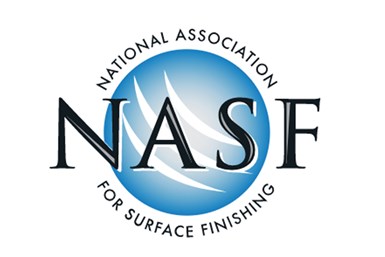Charlie Cook Speaking at Virtual NASF Washington Forum
Charlie Cook, non-partisan political analyst, will speak at a special NASF Washington Forum session about the 2020 U.S. Election on September 10.

The National Association for Surface Finishing will welcome political analyst Charlie Cook for a virtual “US Election Outlook” Washington Forum session Thursday, Sept. 10 from 1:00-2:00 p.m. EST.
Charlie Cook has won praise from both the Washington Post and the Wall Street Journal, with his independent, non-partisan Cook Report being called “a newsletter that both parties regard as authoritative.” Cook was a 2010 co-recipient of the American Political Science Association’s Carey McWilliams Award for “a major journalistic contribution to our understanding of politics.”
NASF looks forward to hosting this discussion with one of the nation’s most trusted non-partisan political analysts.
If you have questions regarding this webinar or any other NASF events, please email rmorrison@nasf.org.
Related Content
-
NASF/AESF Foundation Research Project #122: Electrochemical Approaches to Treatment of PFAS in Plating Wastewater - 12th Quarterly Report
This NASF-AESF Foundation research project report covers the 12th quarter of project work (October – December 2023) at the University of Georgia. In our previous report, we described our work on performance and effect of surface fluorinated Ti4O7 anodes on PFAS degradation in reactive electrochemical membrane (REM) mode. This quarter, our experiments involved utilizing porous Ti4O7 plates serving both as anodes and membranes. Tests compared pristine and F-18.6 Ti4O7 anodes at current densities of 10 mA/cm2 and 40 mA/cm2. This 12th quarterly report discusses the mechanisms of the effects on EO performance by anode surface fluorination.
-
Development of a Novel Hexavalent-Chromium-Free Aluminum Sacrificial Paint
Hexavalent chromium is a known carcinogen, repro-toxin, and mutagen. Its elimination is of high importance to the aerospace industry, which has struggled to find high performing alternatives. Legacy aluminum sacrificial paints have traditionally utilized hexavalent chromium to prevent corrosion and coatings which are equal to or better than have been difficult. This first paper discusses the novel process from the supplier point-of-view.
-
OSHA, DOT and EPA Penalties Increase for 2023
The Department of Labor to revise civil penalty amounts for employer OSHA violations.













